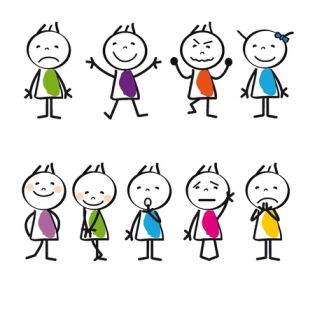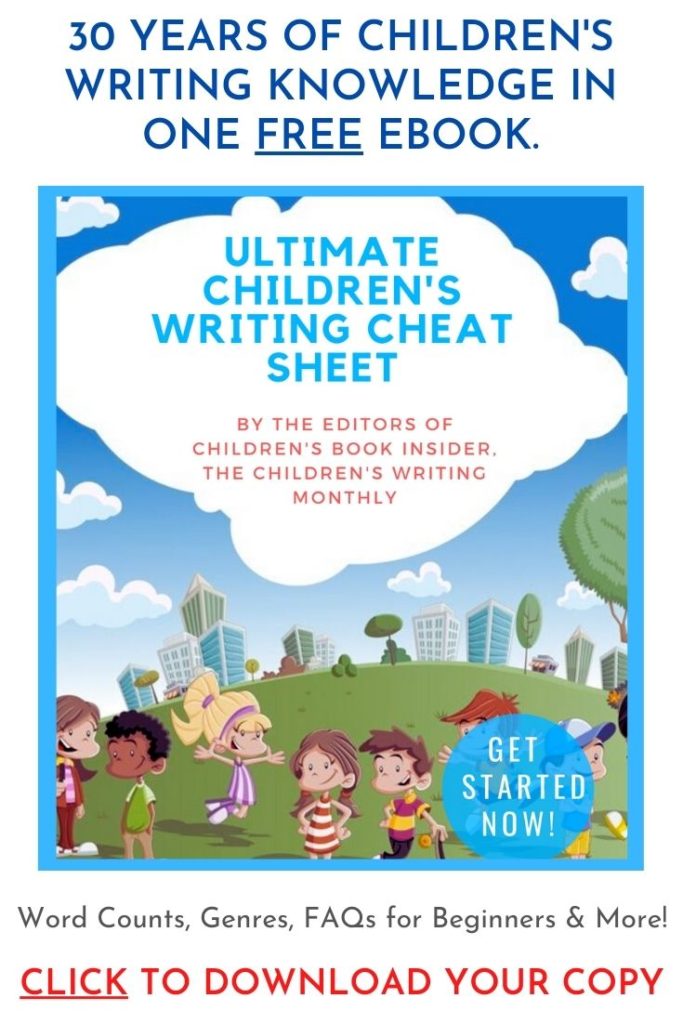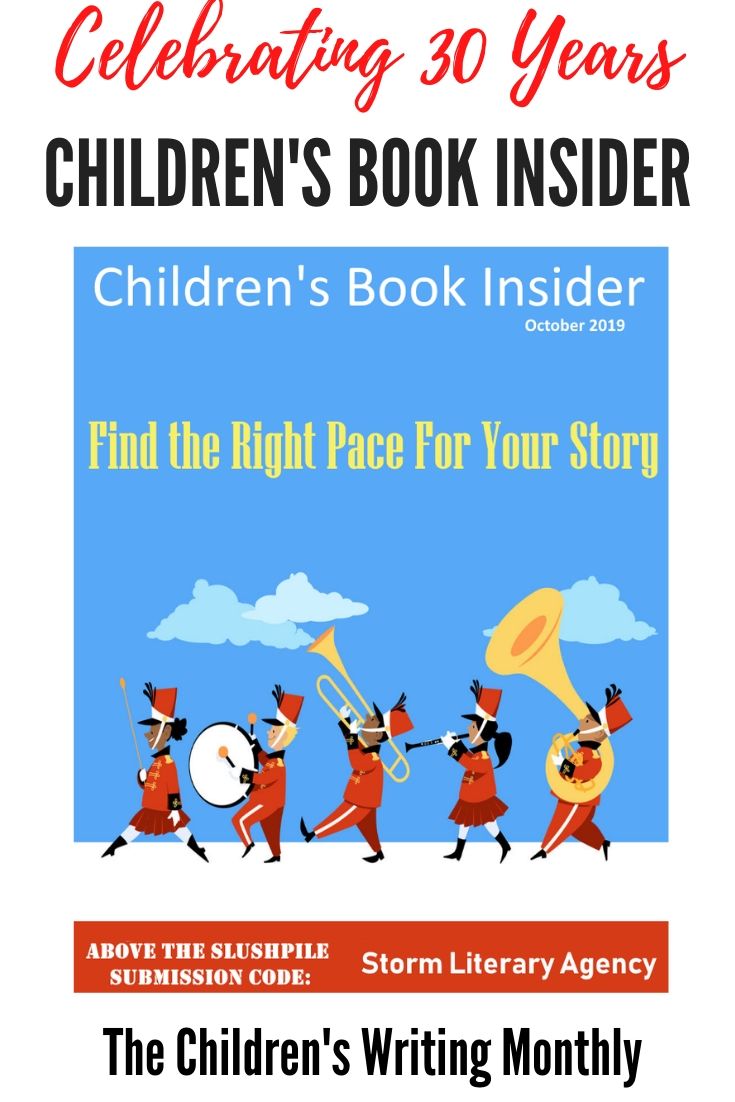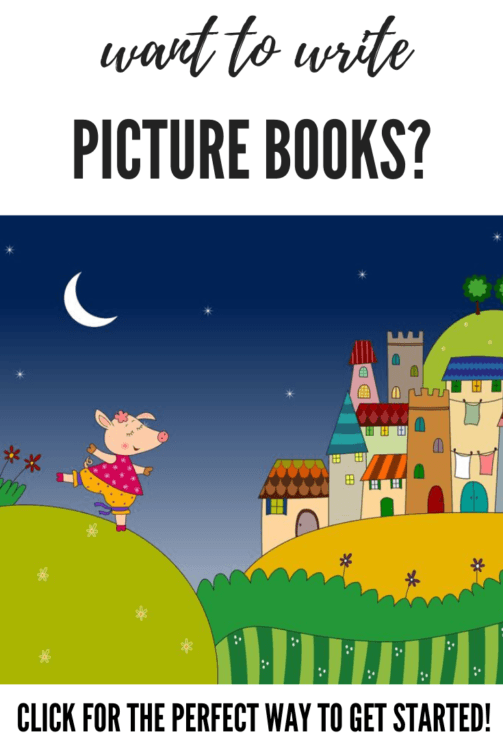
by Jane McBride
Tone and voice are sometimes confused, the terms even interchanged. While voice is who we are, tone is an attitude toward our subjects and audience. There are as many kinds of tones as there are emotions: irony, sarcasm, flippancy, cuteness, sentimentality, and a host of others.
One way to distinguish between voice and tone is to remember that voice remains consistent, while tone varies according to subject and audience. Think of Shakespeare and his treatment of his plays. TAMING OF THE SHREW had a decidedly humorous bent while KING LEAR was written with a heavier hand. Both bore Shakespeare’s unmistakable voice, but he brought vastly different tones to the works depending upon what emotions he wanted to evoke.
A more current example is Judy Blume’s books. TALES OF A FOURTH GRADE NOTHING (one of my all time favorite children’s books) is written with humor and a light touch. Other works, such as ARE YOU THERE, GOD? IT’S ME, MARGARET, are treated with sensitivity, though her brand of humor still is very much apparent. Each of these works bears her empathetic and realistic voice, but they have very different tones.
Let’s take a look at some commonly employed tones and how authors used them, first to tell their reading audience what to expect and then to differentiate characters from each other:
Sentimentality. Before we discuss sentimentality, let’s review sentiment. Writing with sentiment is to write with deeply held feelings. Louisa May Alcott did this superbly in LITTLE WOMEN and her other works. Emotion colored each of her pages, not because she told us (the readers) what we should feel but because her beautifully painted words brought forth our laughter and our tears. Sentimentality is the opposite. It is the ostentatious show of cheap or shallow emotions, often portrayed by cliches and stock situations. What would an example of sentimentality be? The melodramas of the early 20th century come to mind. Such plays and movies were frequently filled with innocent, beleaguered heroines who were fighting off evil, mustache-twitching villains, only to be saved in the end by the stalwart, granite-jawed hero. The characters and the plot dripped with sentimentality. We were told what to feel and when to feel it.
Flippancy. Flippancy is defined as frivolously disrespectful, shallow, lacking in seriousness and characterized by levity. Flippancy has its place. It can make a point … up to a point. Too much and your reader is likely to be turned off. We typically associate flippancy with teenagers; however, younger children and adults can also use it to good effect.
Anger. We all know what anger is. Characters often get angry in stories, just as people do in real life. When anger turns to invective—unrestrained anger—it can get ugly. Save this tone for times of extreme emotion and violence. If all your characters are speaking in the same invective tone, the anger loses its punch. If you want to view some truly great examples of invective, tune in to political debates or speeches. Candidates are not shy about invoking invectives to score points off their opponents and to show their wrath for the media.
Irony. Irony, a figure of speech where the writer or speaker says the exact opposite of what is meant, can be a powerful tool. Jonathan Swift used it with exacting skill in his iconic work GULLIVER’S TRAVELS, using irony as a surgeon might a scalpel. Let’s pretend we are writing a book with a teenage girl as the protagonist. She is shy and retiring, but when she writes for the school newspaper under an assumed name, her wit comes out with ironic observations about the social hierarchy of the school’s social system. Her biting humor and keen commentary on the school’s cliques earn her alter a grudging respect among the students and teachers alike.
Preachiness. Preachiness happens when a writer or speaker is totally convinced of the rightness and moral superiority of his position. Such writing most probably will turn off your reader. Even the word causes us to cringe. Nineteenth century essays abounded in preachiness. Such writing won’t fly today. Is there a place for preachiness in today’s books? Maybe. What if you are writing a book about a young girl living in a polygamous community? Maybe there is an all-knowing preacher or father figure who leads the community and dictates every facet of the people’s lives, from their manner of dress to what the children study in school. He takes every opportunity to preach the “word of God,” laying down doctrine and unyielding rules in the same self-righteous voice. His preachiness has become a matter of contention between our young heroine and her mother, who believes his every word. In such a plot, having the leader speak in a preachy tone is entirely appropriate. Just be careful that you don’t make a caricature out of him. You want him to be believable.
Pomposity. Pomposity is the quality of being self-important, arrogant, or ostentatious. Have you ever read a book where a character starts to “pontificate” upon a subject? He probably sounds like a blowhard, spouting big words that come straight from a dictionary. Perhaps he throws in some scientific or technical words as well, words designed to make the listeners feel inferior to him. Like preachiness, this can work, if it fits the character and the situation. What story can we make up with a pompous character? What if you are writing a book for young children set in a barnyard? The animal characters each have their own personalities. The rooster, an arrogant bird who struts about with an air of ownership, addresses the other animals in a pompous tone that he believes is befitting of his superior position. The other animals are quick to put him down, maybe even using flippancy or irony. As with other tones, be careful with pomposity. If it is prolonged, it will probably start to become boring, frustrating, and/or annoying. Choose a pompous tone with care and sprinkle delicately.
Have you noticed that with each of these tones, I cautioned using them with a light hand? Overdoing any of them can turn your characters into cliché-ridden parodies. Unless this is your intent, be reserved in how you employ them.
You will probably identify other tones, in your own work and in that of others.
When I look at my own work, I see huge swings in tone, depending upon my audience and my purpose. A few years ago, I did a blog titled “Menopause Monocle.” The tone was ironic, sometimes sarcastic, and occasionally even biting. That was a far departure from an earlier blog, “The Gratitude Project,” where the tone was reflective. Each was stamped with my voice, but the tones were light years apart.
Pay attention when you are reading. Try to identify what tone the author is using and why he is using that particular one.
What about you? What tone are you employing in your current work-in-progress? Are you writing a mystery with darker overtones? Or are you working on a picture book that has a lilting rhythm and tone? Suit your tone to your audience and the subject.
Tone is but one more tool in a writer’s arsenal. Used wisely, it can flavor and enhance your writing.
Jane McBride is the author of 35 novels, numerous short stories and articles including pieces in 14 Chicken Soup for the Soul anthologies, and a Children’s Book Insider Contributing Editor.
Tags: tone, voice





I loved this article! It was very informative and I learned a lot…which proves, given my age, you’re never to old to learn.
Thanks for sharing “Watch Your Tone” with us. It was great information!